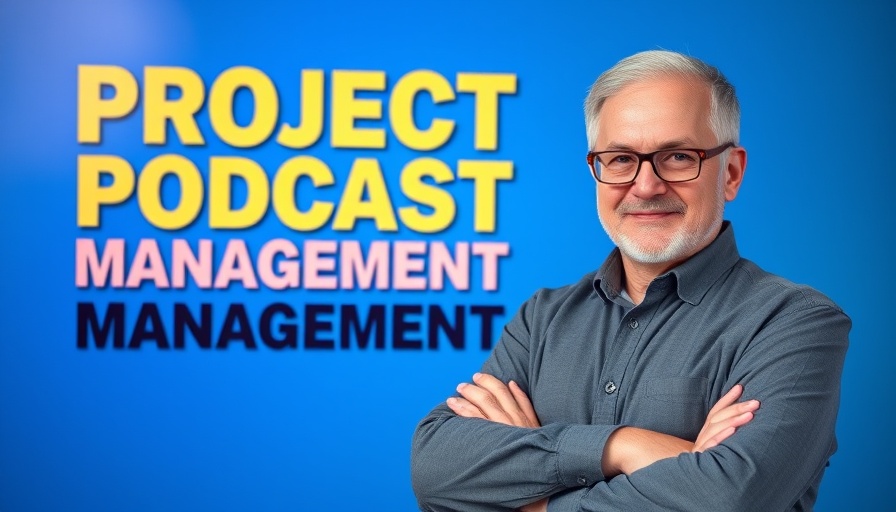
Understanding Project Management: The Cornerstone of Successful Initiatives
In the world of business, effective project management stands as a beacon of structure and strategy. Particularly within the realms of construction, property development, and facility management, the principles of project management are pivotal in achieving successful outcomes. This article explores the essence of project management with insights derived from Episode 517 of the Project Management Podcast, hosted by industry expert Cornelius Fichtner.
What Is Project Management Really About?
Project management encompasses the orchestration of resources and tasks to meet specific objectives. Fichtner emphasizes the importance of defining a clear scope at the outset of any project. A well-defined scope not only clarifies the goals but sets the framework for selecting the right methodologies—whether agile, predictive, or hybrid. Choosing the right approach aligns team dynamics with the project's culture, ultimately fostering more effective collaboration.
The Importance of Team Dynamics in Project Outcomes
The essence of project success lies in effective teamwork and communication. In contexts where costs are a concern, such as in construction or facility management, creating a united team that aligns with project goals can make all the difference. Fichtner notes that having a structured project management framework helps strengthen accountability among team members.
Practical Insights for Effective Quality Oversight
Quality oversight remains fundamental in project management. Implementing consistent quality checks encourages stakeholders to stay aligned with project expectations and helps maintain a focus on delivering value. Fichtner provides practical tips for overseeing quality, including regular team check-ins and establishing benchmarks that teams can aim for.
Risk Management as a Strategic Advantage
Incorporating an ongoing risk management strategy is crucial for navigating challenges that arise throughout the project lifecycle. By identifying potential risks early on and determining how to mitigate them, teams can maintain their course without losing sight of their objectives. This proactive approach is especially relevant in construction, where timelines and budgets often face unpredictable shifts.
Future Trends in Project Management
As businesses continue to evolve, so too will project management methodologies. The advancement of technology is shaping how teams operate, allowing for more streamlined processes and enhanced communication tools. The shift towards digital tools in construction and project oversight can lead to improved efficiency and better tracking of project progress.
Call to Action: Enhance Your Project Management Skills
For business owners, property developers, and facility managers looking to refine their project management capabilities, seeking out further education and training opportunities can provide a competitive edge. Whether through podcasts, online resources, or professional networks, continuous growth in project management practices will foster better team environments and successful project outcomes.
 Add Row
Add Row  Add
Add 




 Add Row
Add Row  Add
Add 

Write A Comment